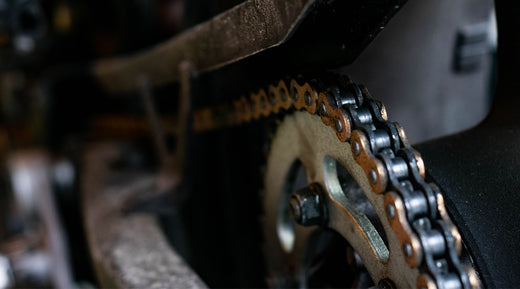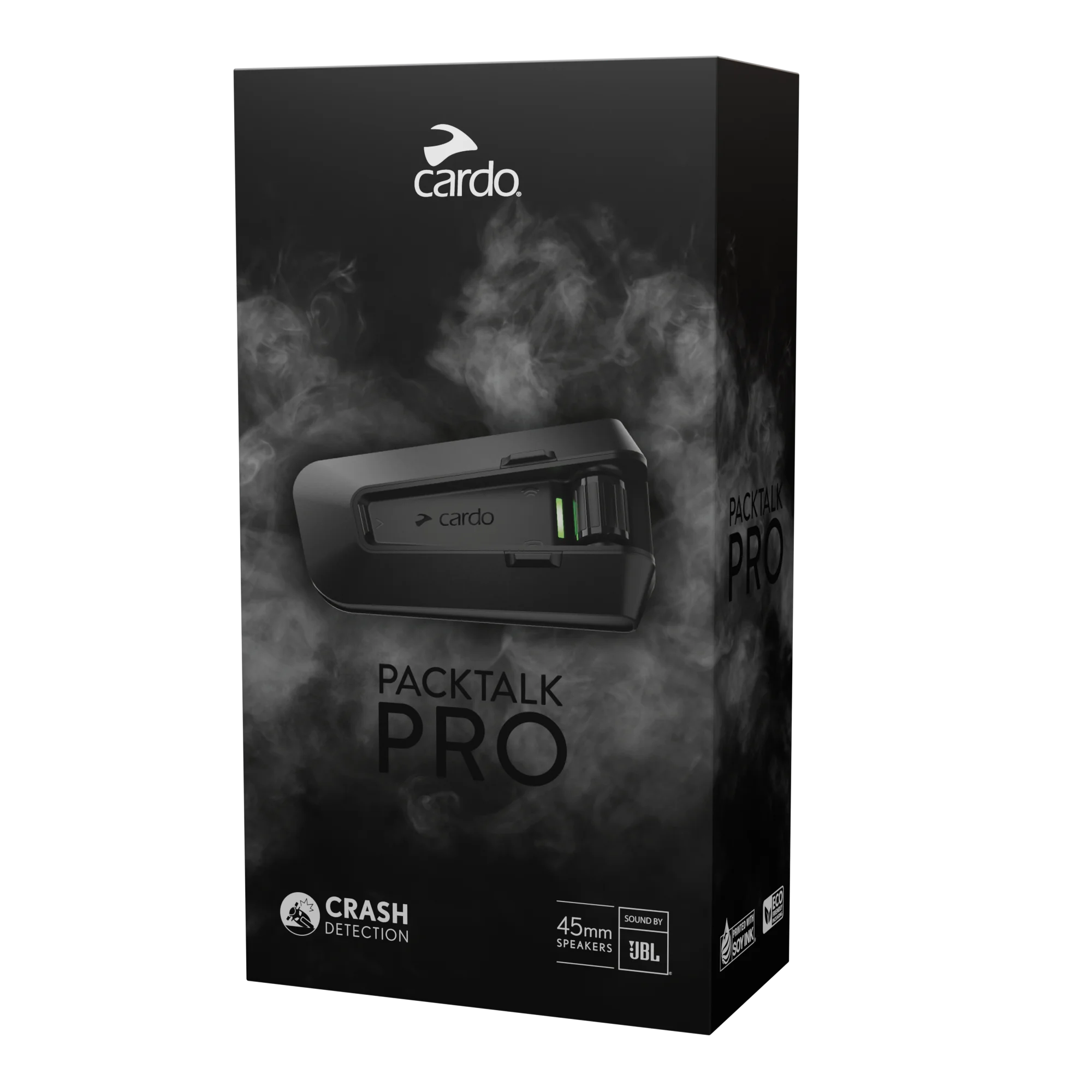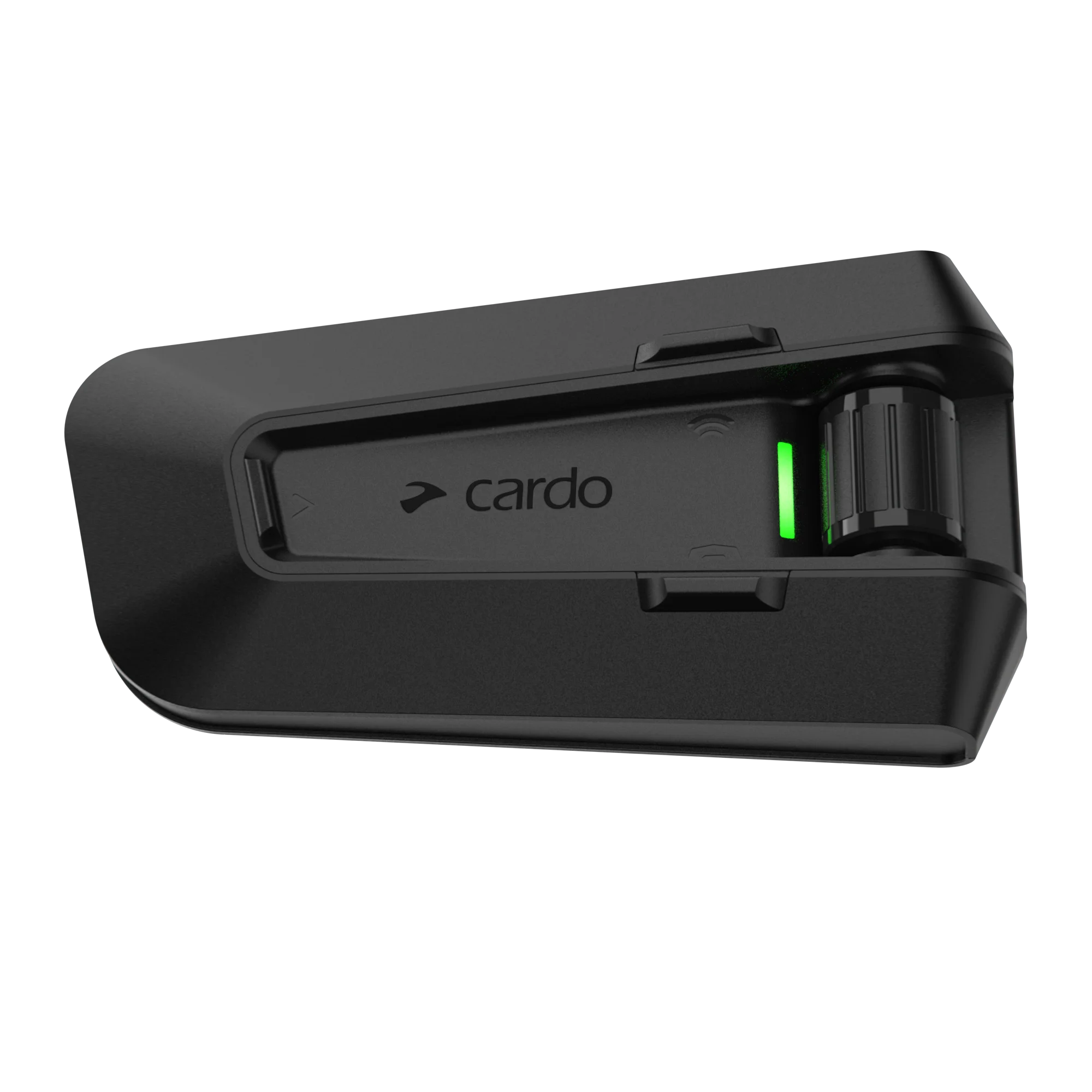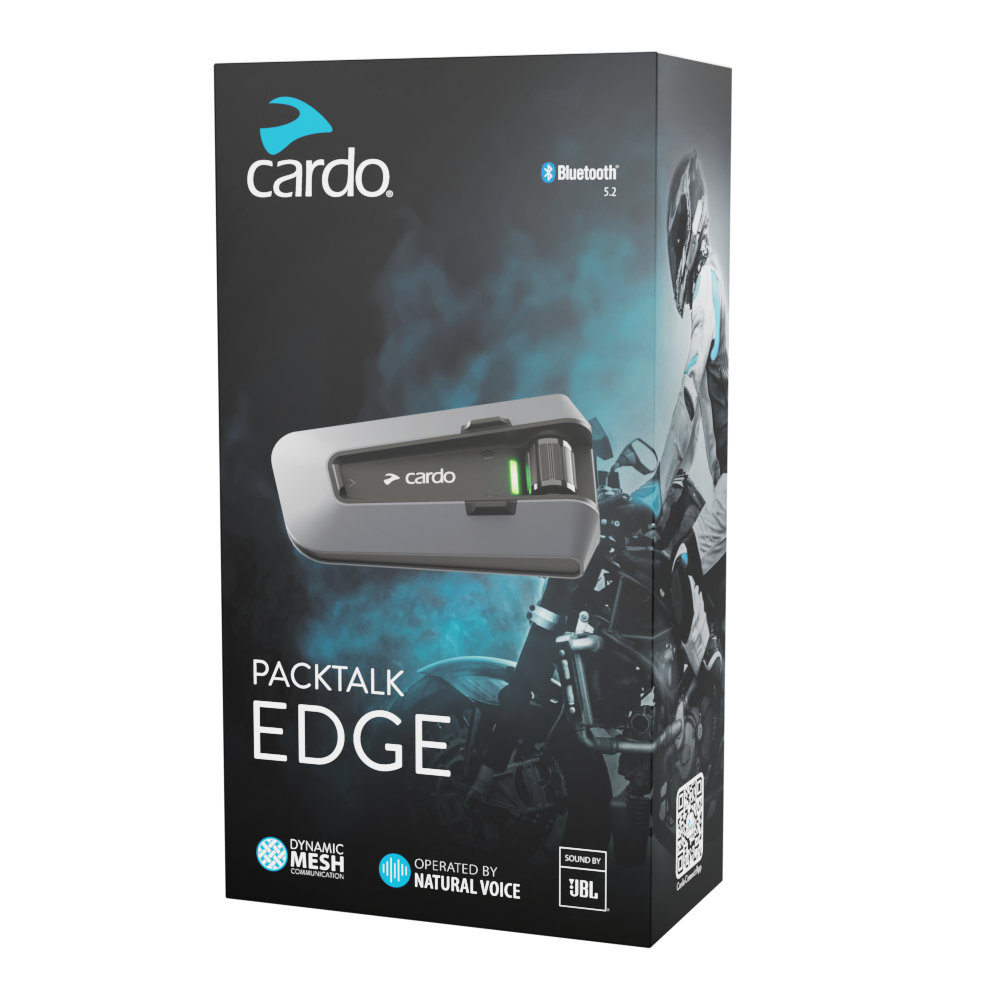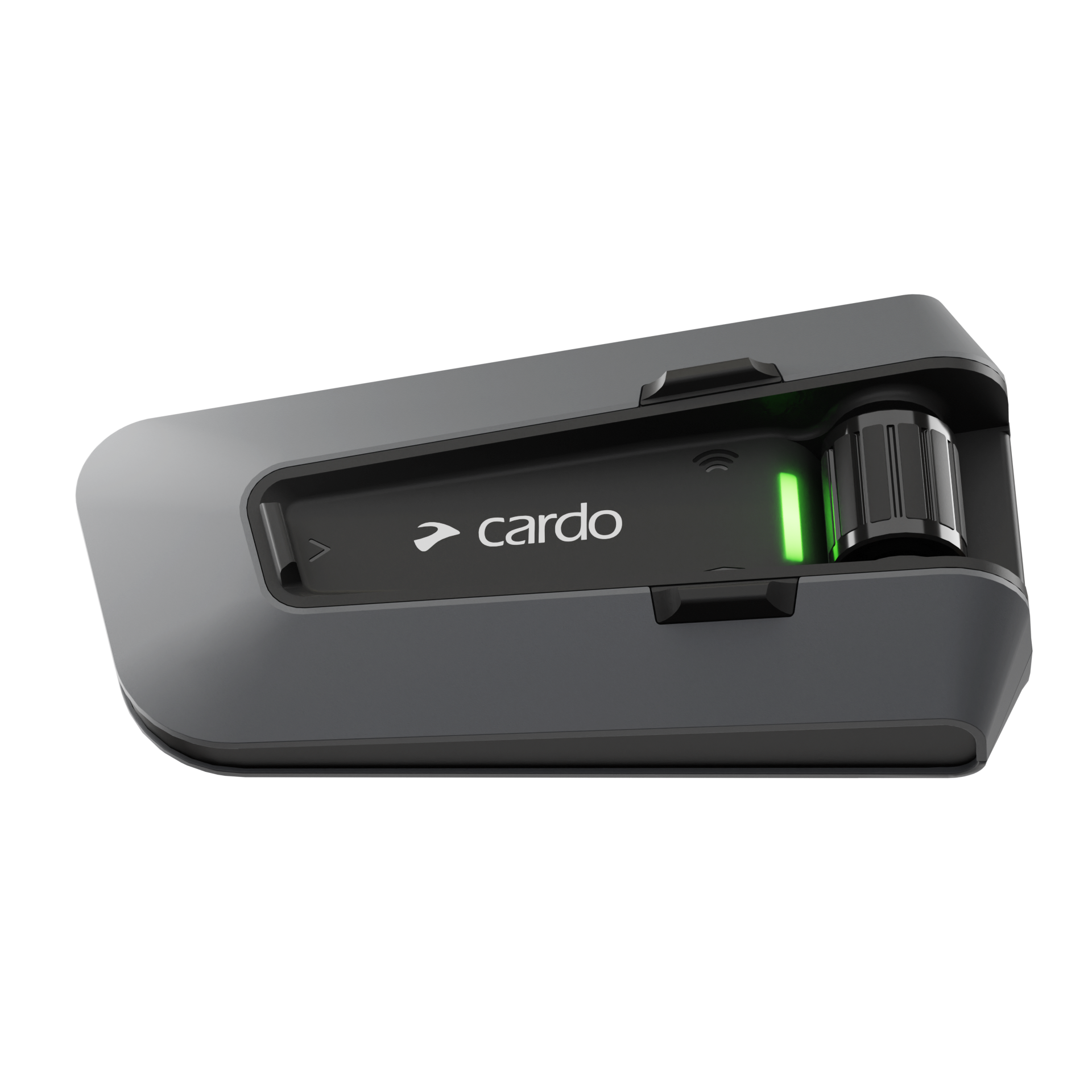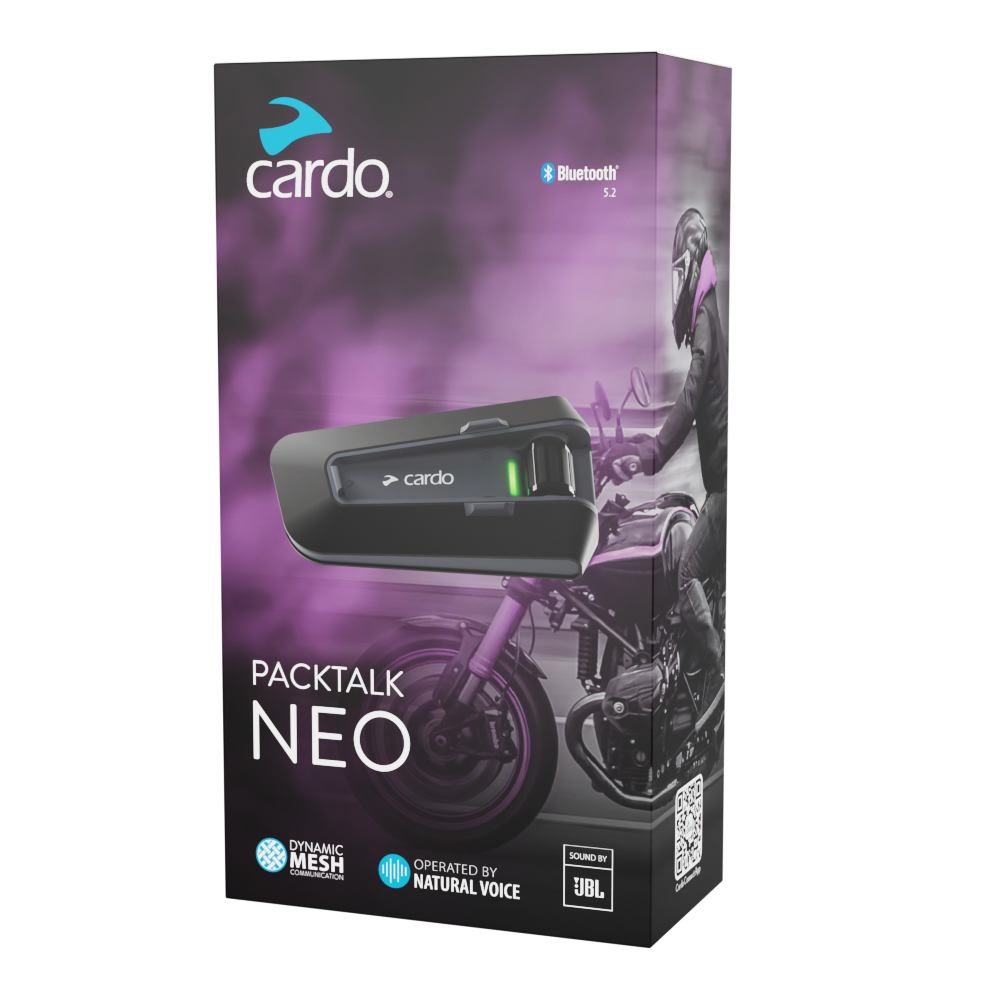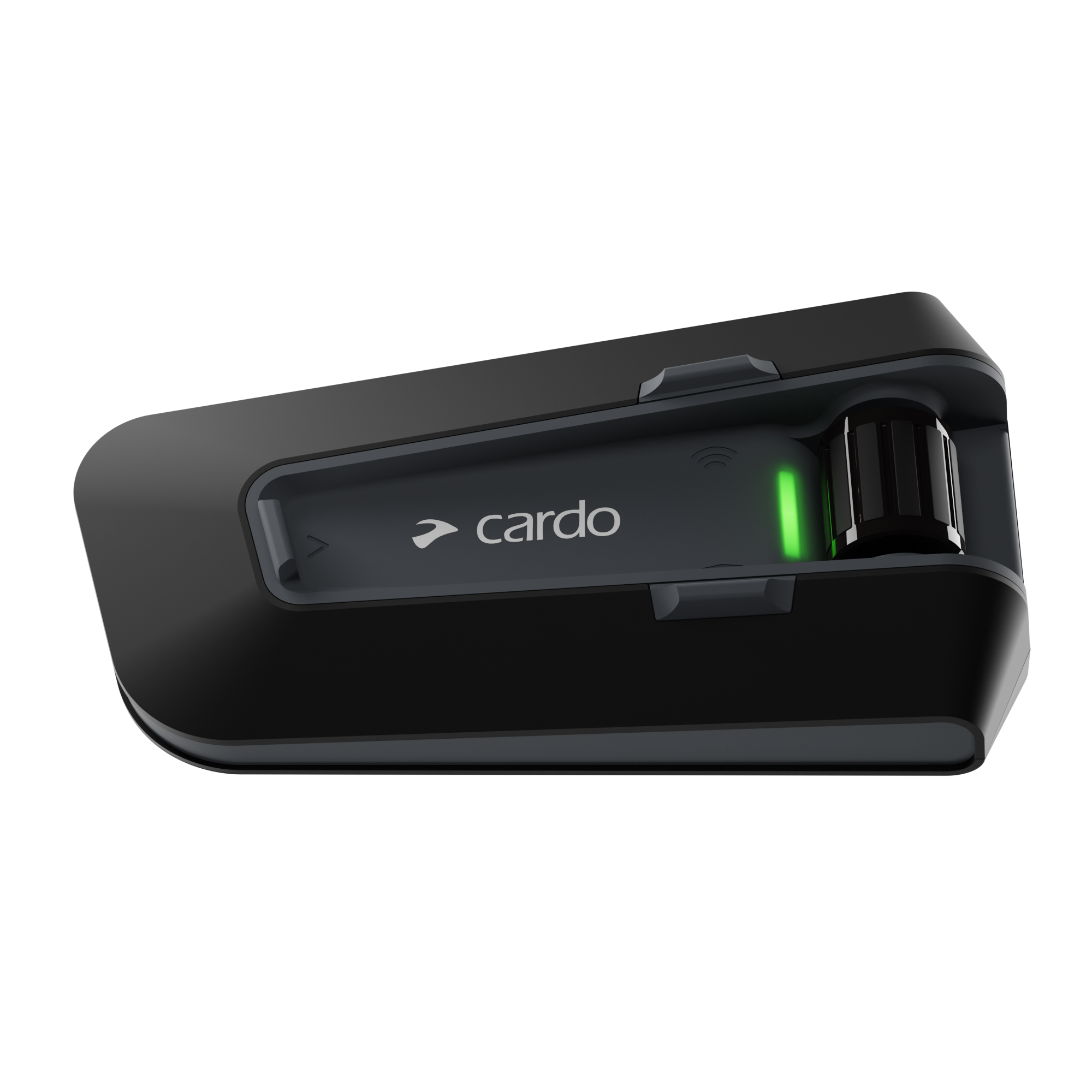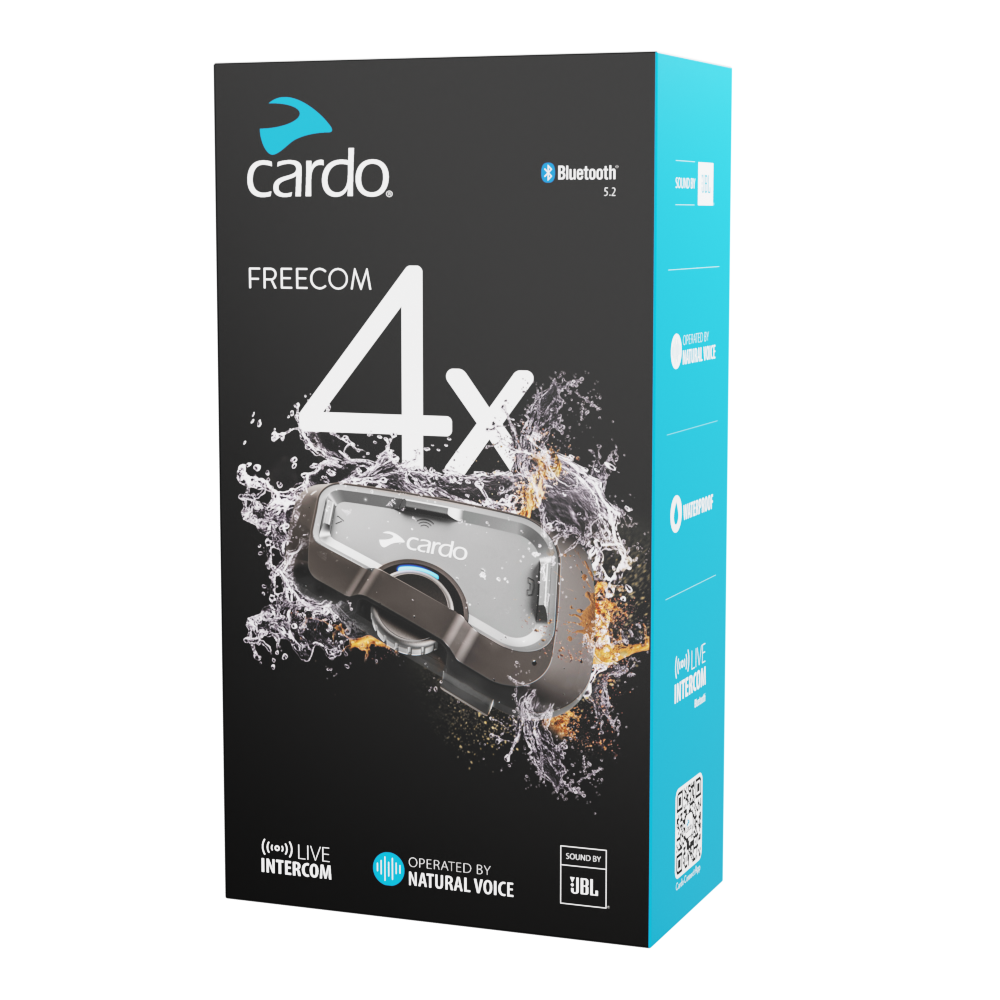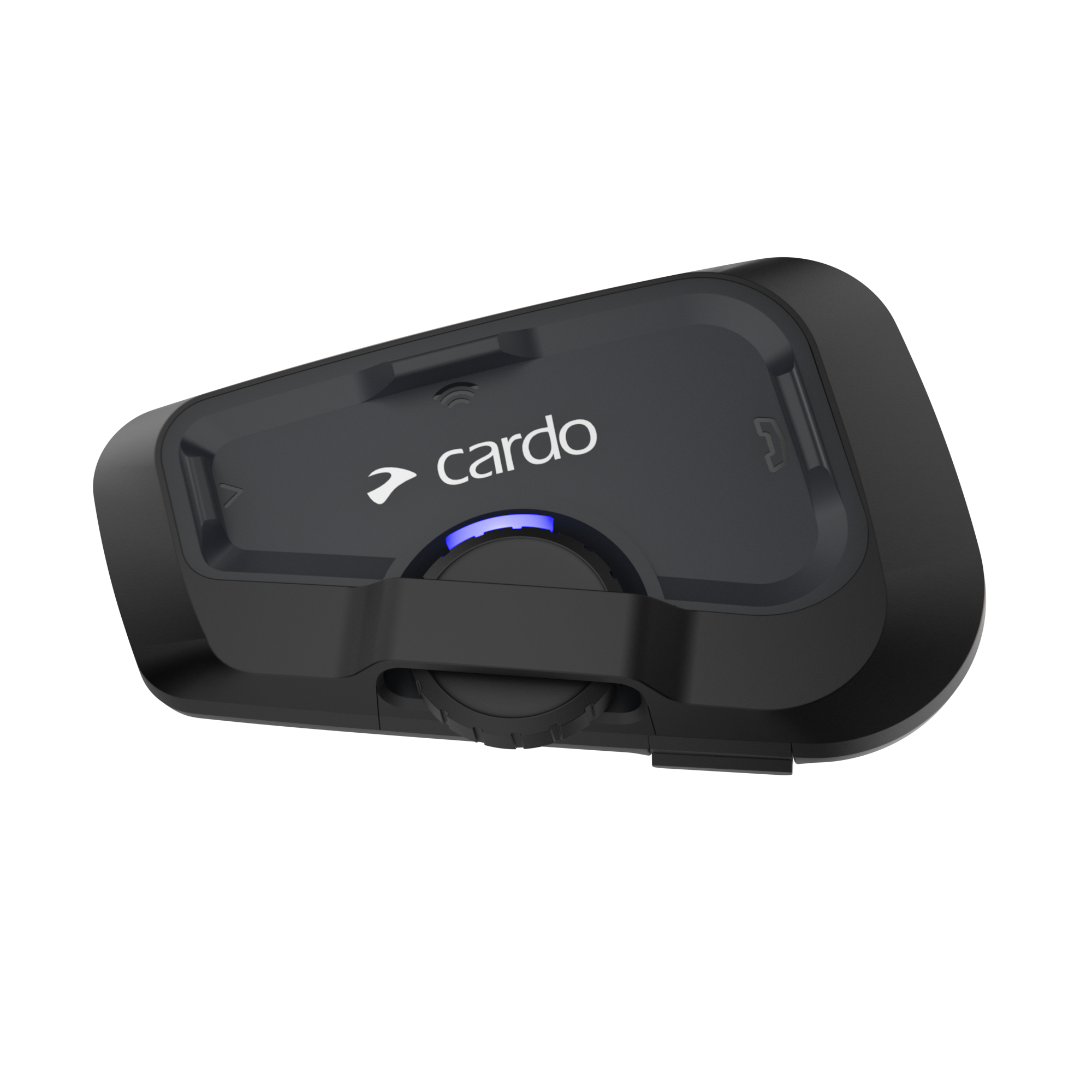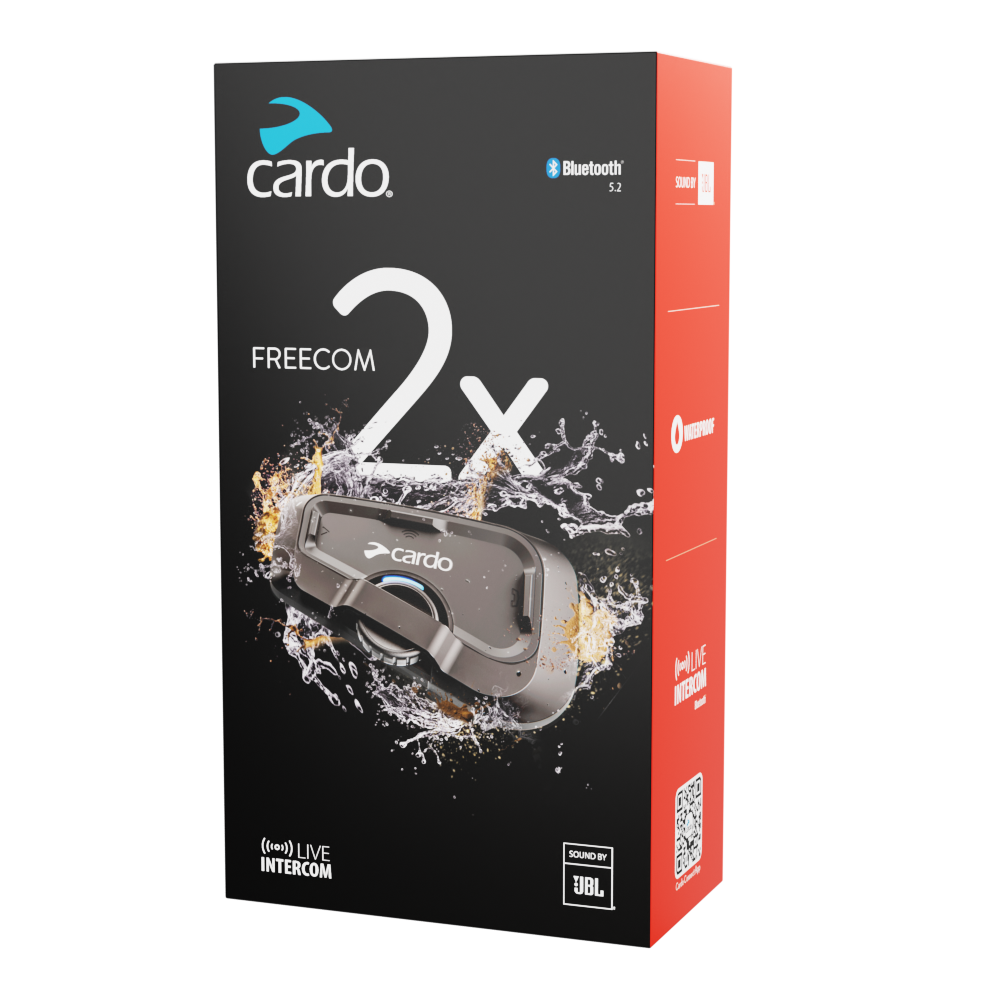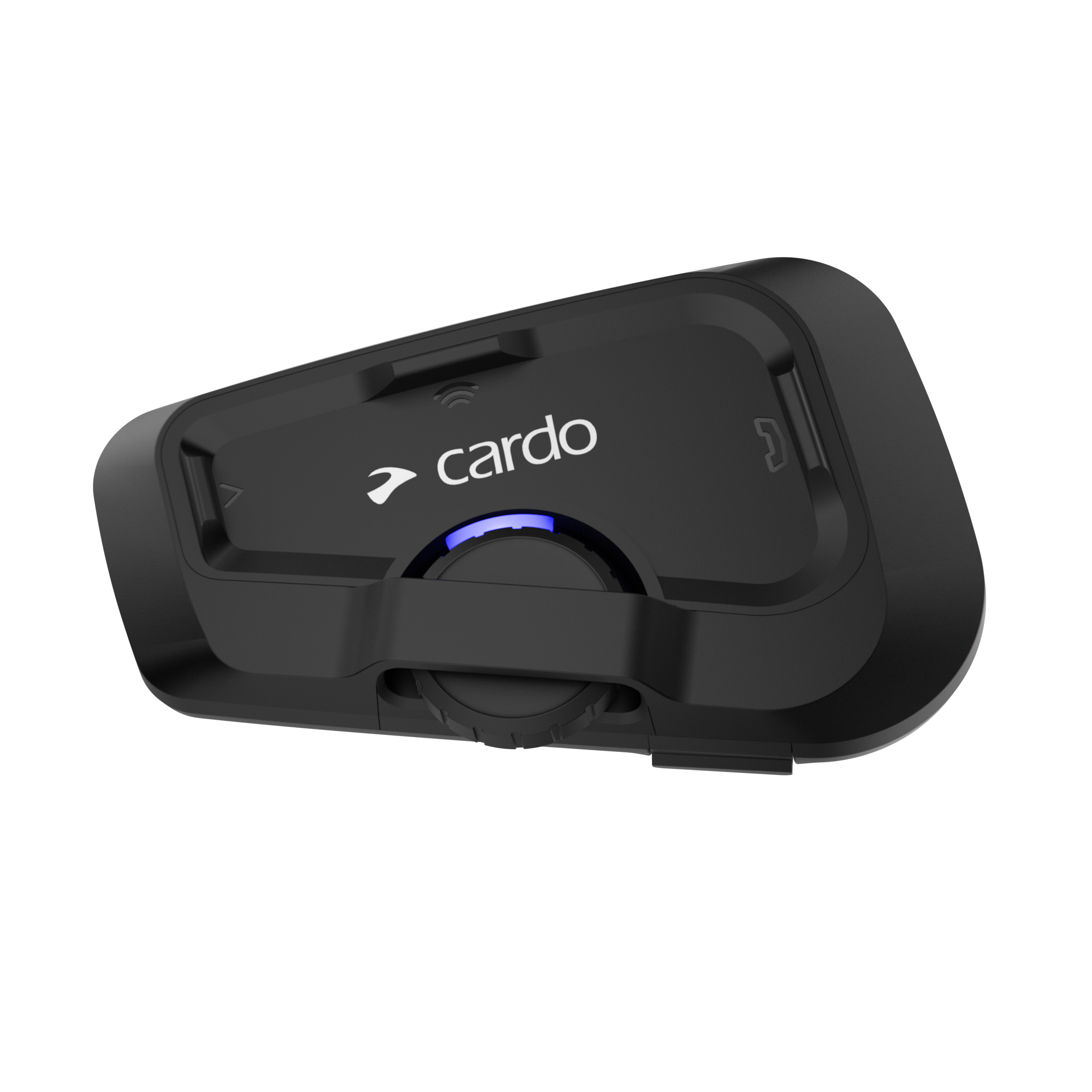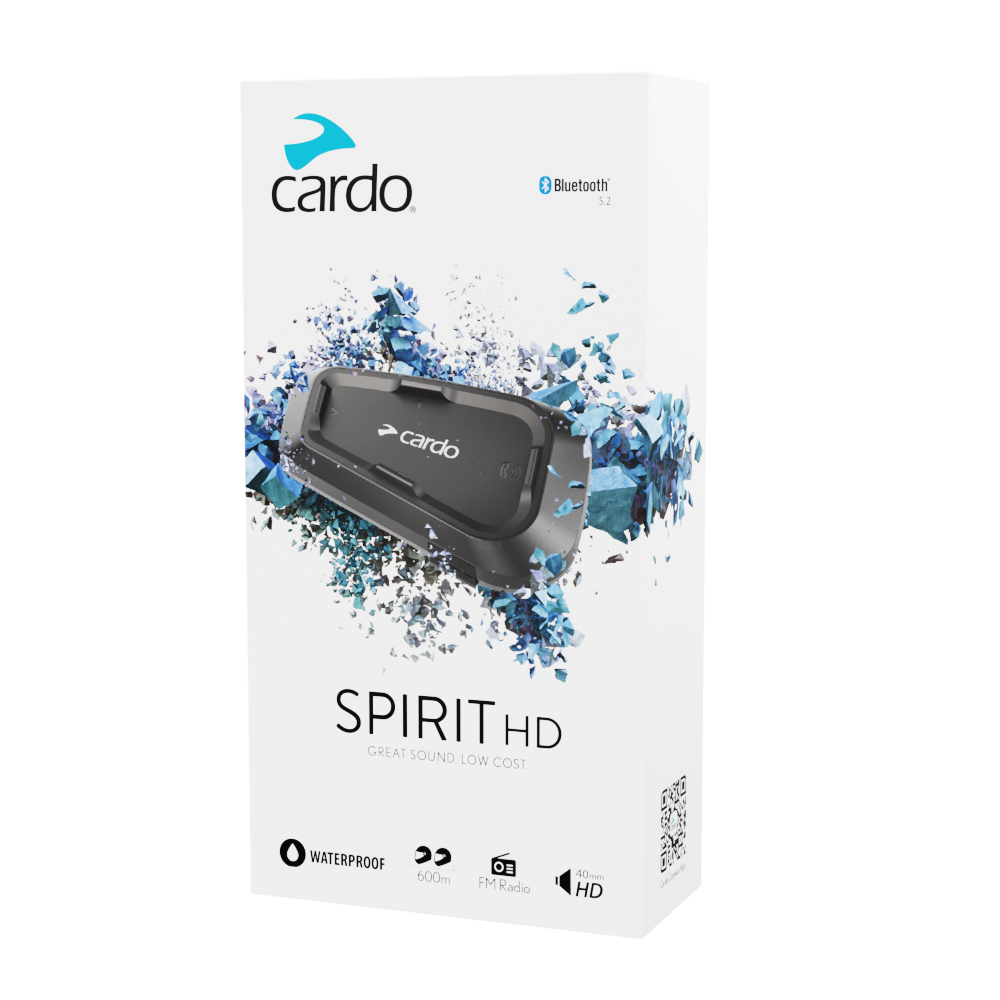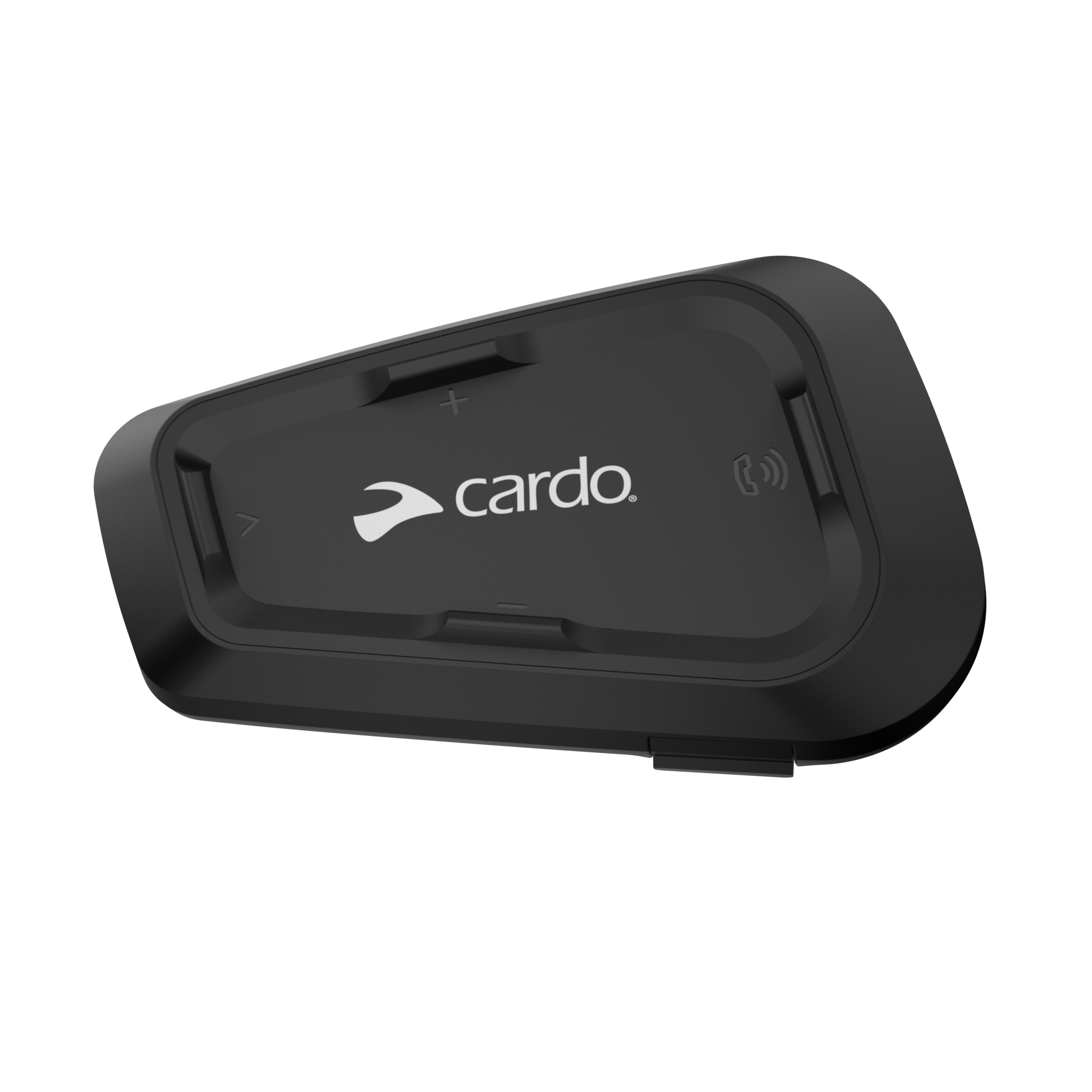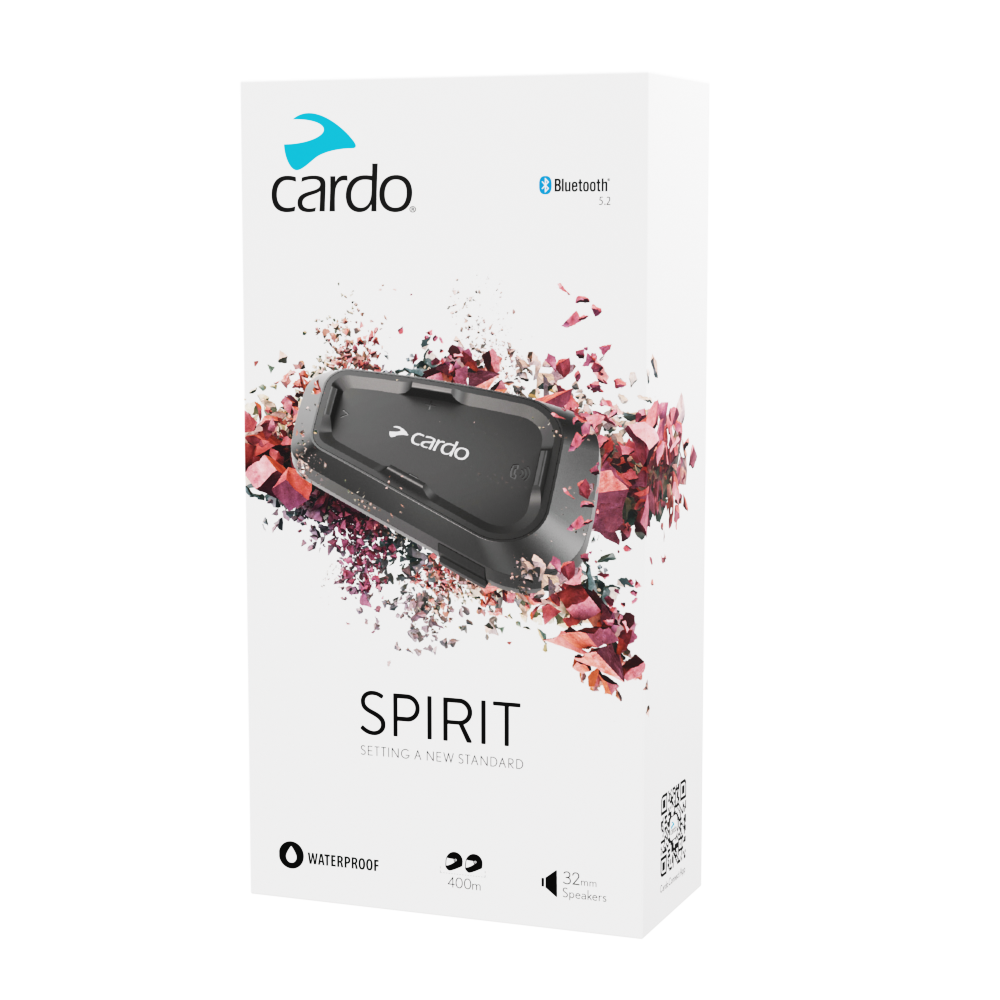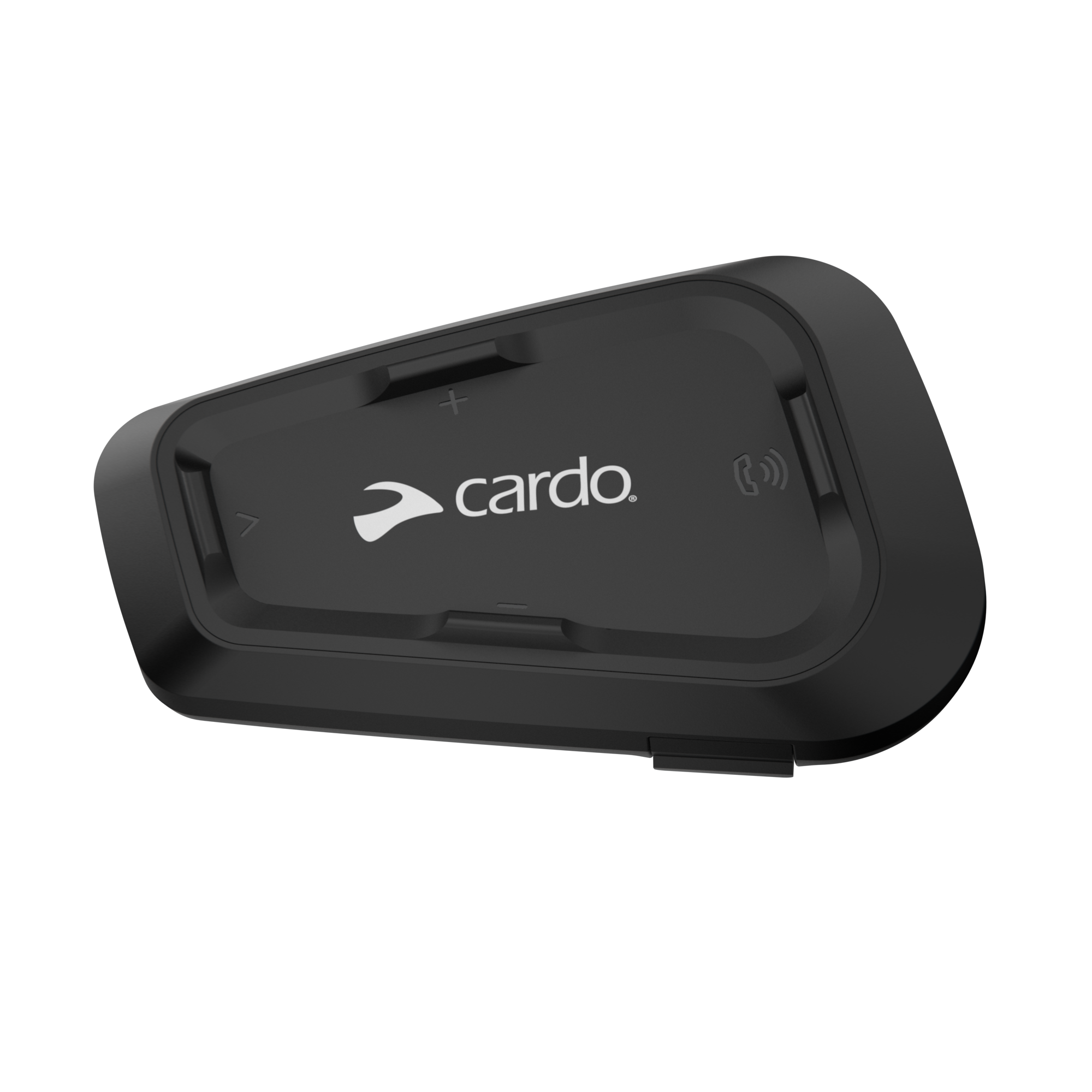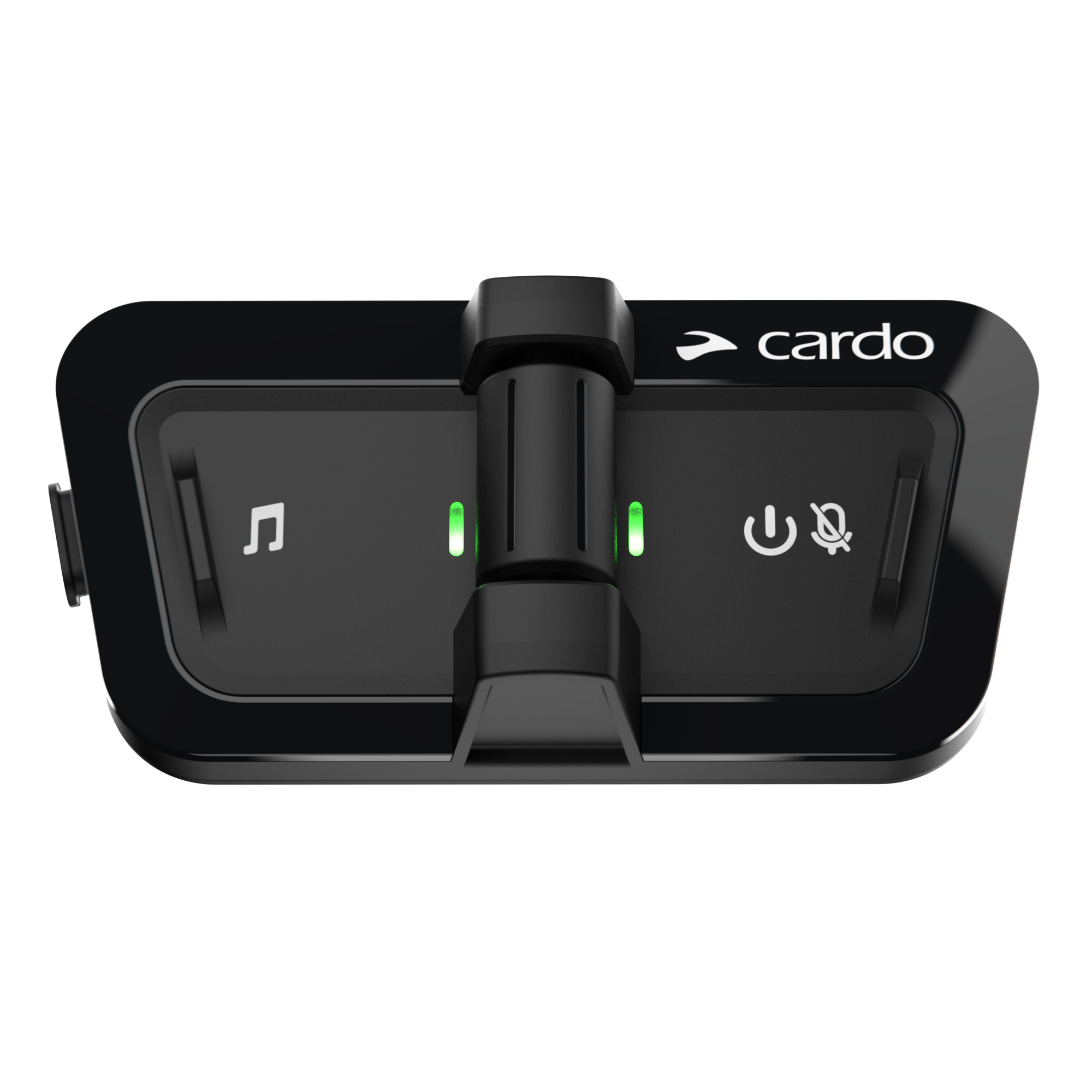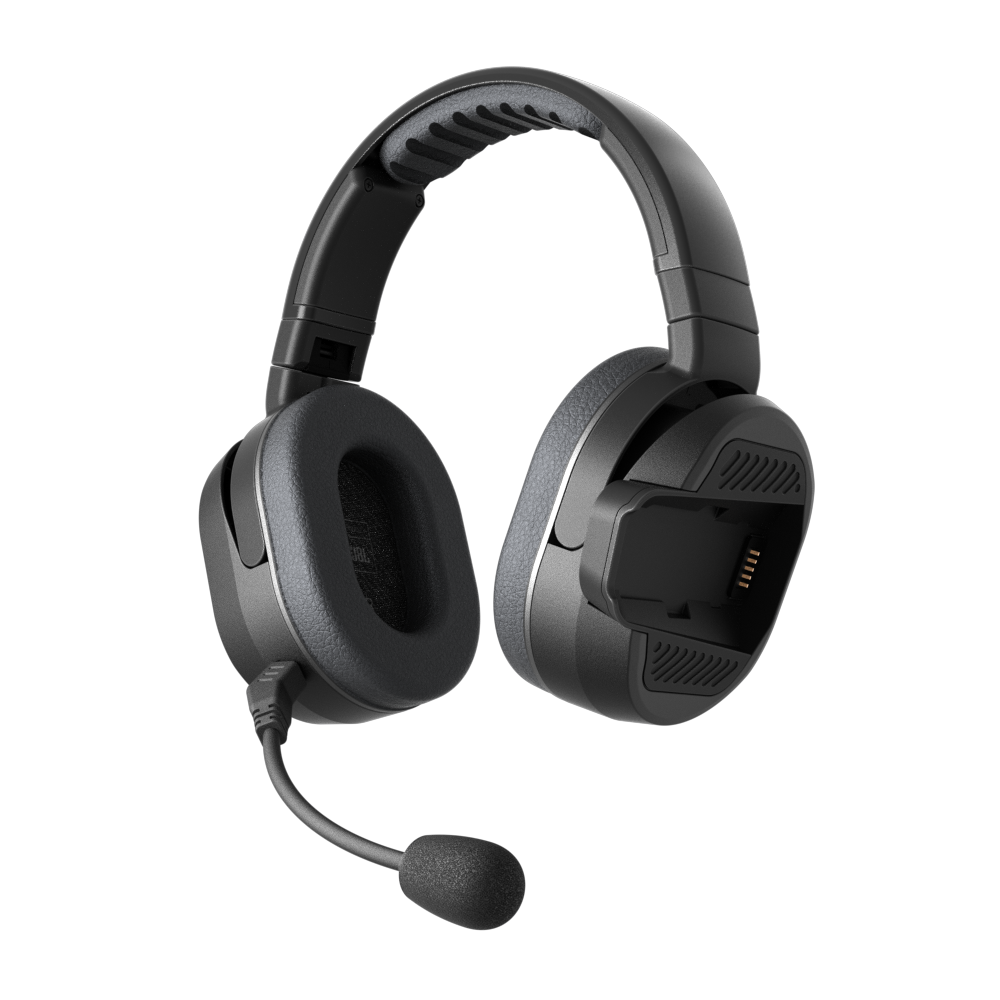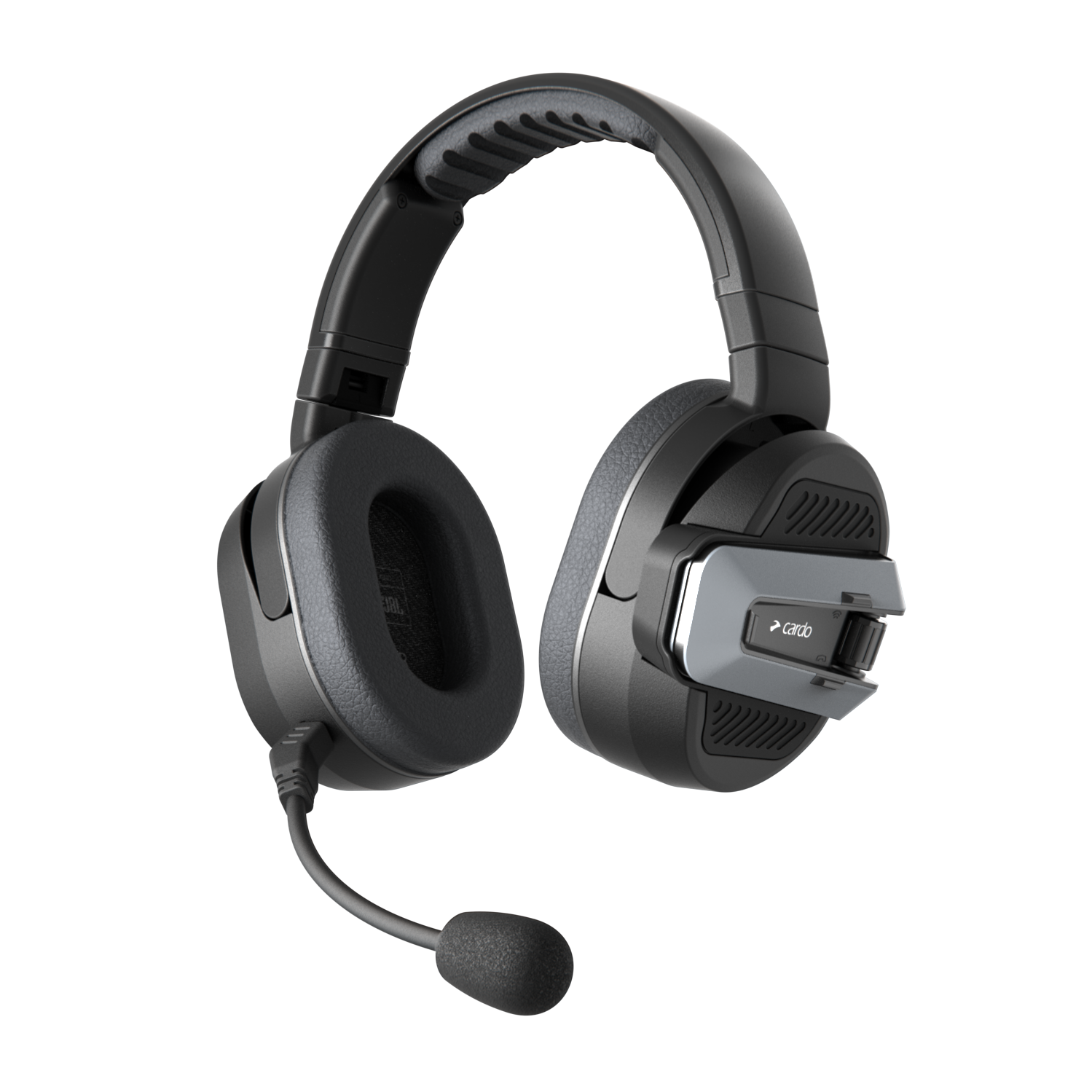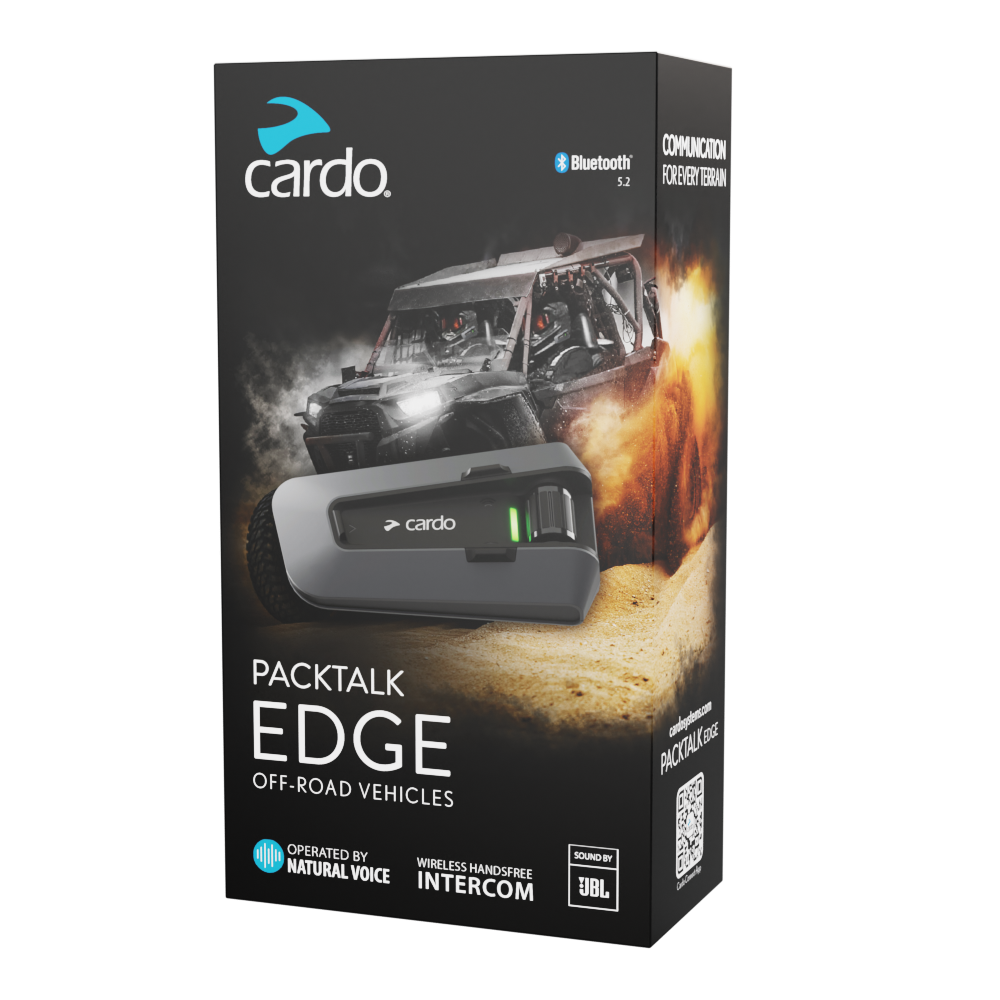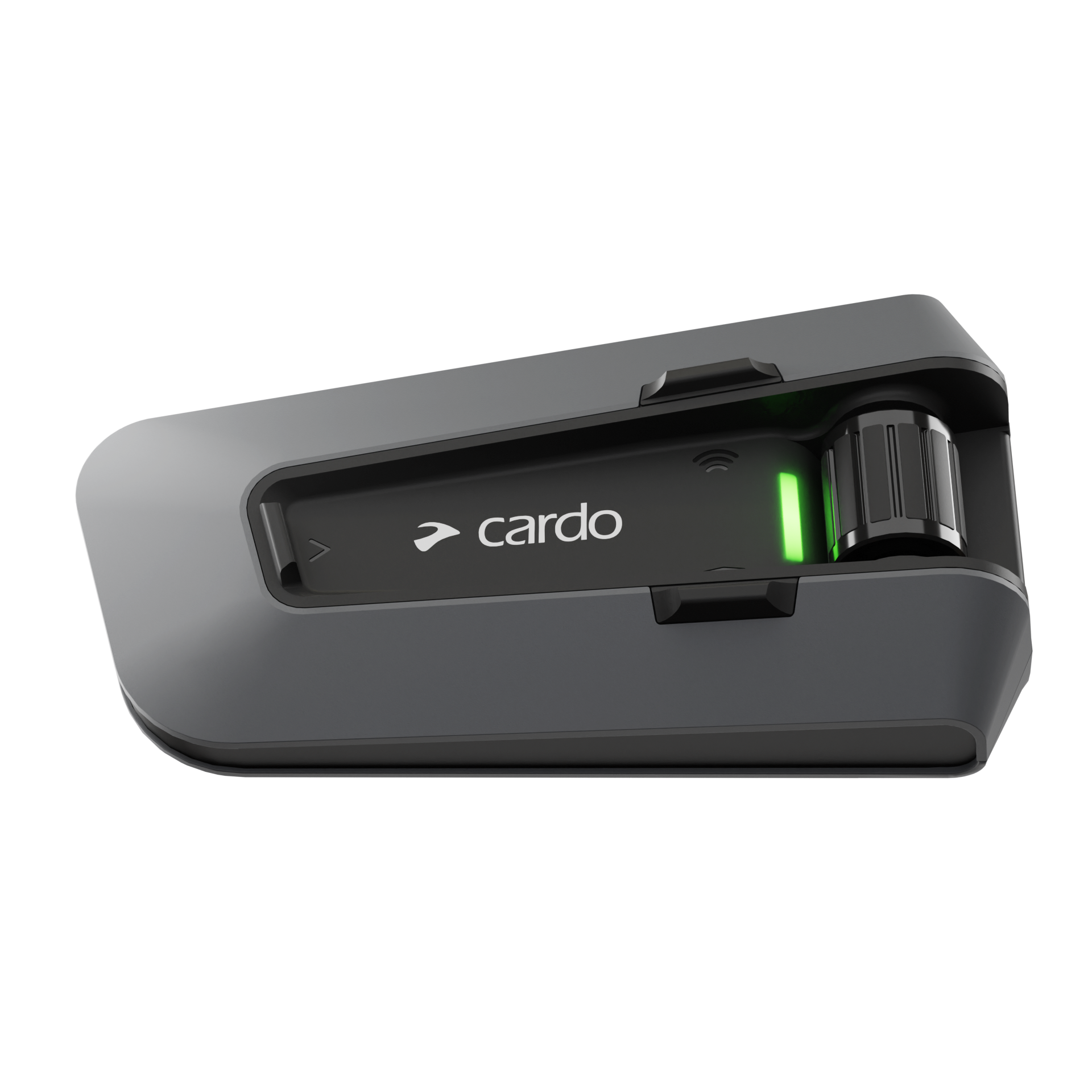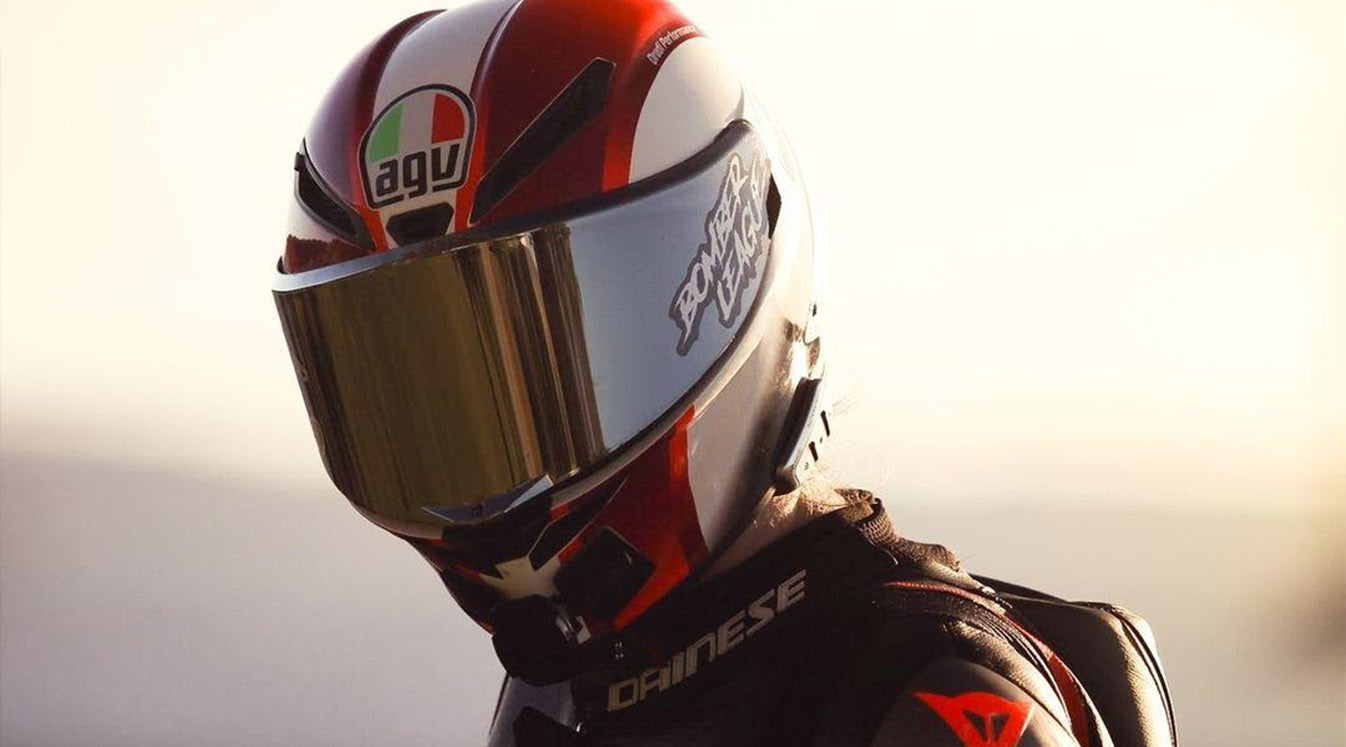Motorcycle drive systems are essential in determining how power is transferred to the wheels and how a bike performs overall. When deciding between chain, belt or shaft drives, riders must weigh factors like performance, cost and maintenance. Each system has its own strengths, suited for specific types of bikes and riding styles. Understanding these differences is key to selecting the system that best meets your needs and ensures your motorcycle delivers a reliable and smooth ride.
Adding tools like a motorcycle helmet Bluetooth or quality helmet communication system enhances the riding experience by providing hands-free access to calls, navigation and communication with fellow riders. These devices improve both safety and convenience, allowing you to stay focused on the road. Regardless of the drive system you choose, maintaining it through regular maintenance is critical to avoiding unexpected breakdowns and maximizing its lifespan. By combining proper care with the right equipment, you’ll be ready for whatever the road has in store.
Understanding the Types of Motorcycle Drive Trains
All motorcycles use a certain type of drive system, such as a belt drive, chain drive or shaft drive. These systems keep the bike running by moving the rear wheel. Chain drives tend to be the most popular type of system, but they can also be a pain to maintain. Many drivers swear by the belt drive, but it tends to be more expensive. Shaft drives aren’t as common as belts and chains, but they have their advantages as well.
So, what kind of drive system is right for you? We’ll walk you through the different types of drive systems, how they work and why some drivers prefer certain styles over others so you can choose the right type of system for your bike.
Chain Drives
The chain drive has become the go-to choice for many manufacturers in the motorcycle industry. Simple and easy to produce, the chain drive will serve you well in a variety of situations. The system uses a metal chain to connect the transmission and rear wheel. The output shaft will spin when the motor is running, which pulls the chain and causes the rear wheel to turn.
There are several types of chain drives to choose from.
-
O-rings: The O-ring style uses O-shaped rings with inner and outer roller covers on every chain link. This is common on off-road motorcycles, as the O shape helps keep dirt at bay. The style and shape keep the lube in between the pins and plates for lasting lubrication.
-
X-rings: These tend to be more efficient than O-rings. They provide less drag and more mileage, which makes them ideal for racing motorcycles. The X shape is also made to retain lube for less maintenance.
-
Non-sealed: You will also find non-sealed chain drives, but this mostly applies to vintage motorcycles. As the name implies, non-sealed chains are often vulnerable to wear and tear. You will have to replace these chains more often than you would an O- or X-shaped chain.
Pros:
-
Affordable and Accessible: Chain drives are relatively cheap to produce compared to other types of drive systems. You can buy a replacement for just a few hundred dollars or less at nearly every motorcycle shop in the country.
-
High Power Efficiency: With a transmission rate of 98 percent efficiency, chain drives excel at transmitting power, making them a top choice for high-performance dirt bikes and sportbikes.
-
Durable in Challenging Conditions: Chain drives work well in wet conditions and can withstand exposure to the sun, oil and grease, which can damage belt drive systems.
-
Easy to Repair: Riders with basic mechanical knowledge can often manage DIY repairs, including replacing or adjusting the chain, saving time and money.
Discover Packtalk Pro for Seamless Group Rides
Cons:
-
Frequent Maintenance Required: Chains need regular lubrication and tightening to remain effective. This makes them less convenient for riders who prefer low-maintenance solutions.
-
Potential for Power Loss: Over time, worn or improperly aligned chains can lead to reduced performance, resulting in noticeable power loss.
-
Noise and Vibrations: Chain drives tend to produce more noise and vibrations compared to belt or shaft drives, which can be unpleasant at high speeds.
-
Shorter Lifespan: Chain drives typically last between 30,000 and 50,000 miles, far less than belt drives, which can last 100,000 miles or more. For riders pushing their bikes hard, upgrading to a belt drive might be worth considering.
Chain drives remain popular for their affordability and versatility, but they require a higher level of upkeep to ensure longevity and performance. Riders who value efficiency and are comfortable with DIY maintenance often find chain drives a practical option for their motorcycles. Comparing chain vs. belt systems may lead to a better long-term solution for those who prioritize less maintenance and a quieter ride.
Belt Drives
Belt drive technology has come a long way in recent years. Previous iterations used two or three belts to move the internal accessories when the engine starts. Today, most belt drive systems use what’s known as a serpentine belt, which connects all internal components to the main drive pulley, including the radiator, HVAC system, water pump, alternator and power steering. When the engine starts, the main drive pulley starts to turn, which pulls the serpentine belt and thus the rest of the vehicle’s accessories. This passes power onto the many internal components needed to keep the bike running.
There are other kinds of belt systems as well, including the V-belts and timing belts. V-belts, also known as drive belts, usually run through one or two internal components, but that’s about it. That means the system needs multiple belts to run all the related accessories. V-belts tend to be more common on older bikes, but they are still used today. Having more than one belt usually creates more opportunities for things to go wrong. You will have to replace each belt individually. Getting the right tension can also be a pain when working on these systems. The belt could even rotate under hard loads.
Timing belts connect the crankshaft and the camshaft to keep them in sync. If you can’t see the belt, don’t worry. It’s usually hiding behind the timing cover.
Most belts contain dozens of tiny grooves or teeth on the inner side, which match up with the outer grooves on the pulleys on the many parts and components. The teeth fit into each as the belt powers the many pulleys in the system.
The belt is made of rubber and other materials for added durability. Most belts contain metal or steel wires for added strength. They also come with a Kevlar coating on the outside, which protects the belt from wear and tear.
Pros:
-
Low Maintenance: Belt drives are highly low maintenance, requiring no lubrication and minimal adjustments. Regular inspections for cracks or missing teeth are enough to keep them running smoothly, helping riders save time and effort.
-
Quiet and Smooth Operation: Unlike chain drives, belt-driven systems produce less noise and vibrations, creating a smoother and more enjoyable ride. This makes them ideal for urban commuting or long-distance trips where comfort is a priority.
-
Long Lifespan: With proper regular maintenance, belts can last between 60,000 and 100,000 miles, significantly outlasting chain drives, which often require more frequent replacements.
Stay Connected with Top Helmet Communication Systems
Cons:
-
Higher Upfront Costs: Belt drives are more expensive to produce and replace compared to chain systems. Riders need to budget accordingly, as the benefits come with a higher initial price.
-
Transmission Power Loss: Belt drives are more prone to power loss, especially when not properly aligned or tensioned. Riders can experience up to a 10 percent reduction in transmission efficiency.
-
Limited Availability of Repairs: Replacement parts and mechanics for belt-driven systems are less common than for chain drives. If you break down on the side of the road, it may be harder to find immediate help compared to chain systems.
-
Not for Extreme Conditions: Unlike chain drives, belt systems are less suitable for off-road or rugged terrain, making them better for city riders and smooth road enthusiasts.
Belt drives are an excellent choice for those seeking a belt-driven system that prioritizes comfort and convenience. However, understanding the trade-offs, including potential power loss, is essential to ensure it aligns with your riding style. Riders can enhance their experience further by using motorcycle speakers to stay connected and enjoy their journey without distractions.
Shaft Drives
Shaft drives tend to be the least common of the three, but that doesn’t mean they’re not useful. The system uses a shaft that’s connected to the gearbox via a universal joint. The other side of the shaft is connected to the rear wheel hub via a spiral bevel gear. The gear then turns the direction of rotation of the shaft 90 degrees to make the wheel turn. The entire system is sealed in an internal component to prevent outside wear and tear. It’s also dripping in oil and lubricant for lasting performance.
These systems are not used on economy or low-capacity motorcycles. They are extremely heavy and best suited for heavier bikes made for long distance driving, touring, traveling and going off-road. Virtually all BMW bikes use shaft drives. They are reserved for large capacity bikes, usually 600cc or above.
Pros:
-
Reliability and Longevity: Shaft driven bikes are known for their durability and long lifespan. These systems are designed to be maintenance-free, meaning you can enjoy worry-free rides with minimal upkeep over the life of the bike.
-
Ideal for Touring and Off-Roading: The enclosed drive shaft is perfect for handling the rigors of long-distance touring and off-road conditions. Riders can rely on the system’s performance in harsh environments without needing frequent adjustments.
-
Peace of Mind on the Road: Shaft drives reduce the chances of breakdowns, which is especially important when riding in remote areas. If you find yourself stranded on the side of the road, it’s likely due to something other than the drive system.
Cons:
-
High Upfront Costs: Shaft drives are more expensive to produce and install compared to chain or belt systems. Riders should prepare to spend more initially, although the maintenance-free design can save money in the long run.
-
Heavier Design: Shaft driven bikes tend to be heavier, which can negatively affect handling and acceleration. This makes them less ideal for riders who prioritize speed or agility, such as those on performance or racing bikes.
-
Transmission Power Loss: Shaft drives experience significant power loss, with up to 25 percent of transmission power lost compared to chain systems. This makes them less efficient for high-performance applications.
Shaft drives are an excellent option for riders seeking reliability and minimal maintenance. While they may cost more upfront and weigh heavier than other systems, their ability to perform consistently over long distances and in tough conditions makes them a dependable choice for touring and off-road enthusiasts. For added safety and convenience during rides, consider investing in communication tools to stay connected and enjoy the journey.
Choosing the Right Drive System
If you’re in the market for a new motorcycle, choosing between these three options can be difficult. You’ll need to consider your priorities when choosing a drive system.
If you’re focused on saving as much money as possible and keeping your bike light and fast, we recommend going with a chain drive. Chain drives are also ideal for riders who need to maximize horsepower for high-performance applications.
If you hate the idea of maintaining your bike and want the most peace of mind for your buck, it’s best to go with a shaft drive. The same is true if you like to go off-road or enjoy long road trips.
If you want a medium or lightweight bike that will serve you well in a variety of settings with little maintenance, consider going with a belt driven system.
This guide should help you make sense of the different kinds of drive systems used in the industry today. There is no right choice. It all depends on what you plan on doing with your bike.
Additional Safety Considerations
Regardless of what kind of drive system you choose, it’s best to invest in Bluetooth motorcycle speakers so you can send and receive calls hands-free on the road. Whether you’re going off-road or running errands in between work, there’s a good chance you’ll need to stay connected to the outside world. You can quickly check in with your loved ones or look up directions on your phone without taking your hands off the handlebars.
Make sure you understand how your drive system will affect your performance on the road. You should know how the system works so you can repair it or find assistance when necessary.
Watch out for warning signs that your drive belt needs to be repaired, such as high fuel consumption, squealing, handling problems, braking issues, poor tracking and alternator failure. Your drive system is designed to keep the various components of the bike running in unison. If you notice any one of these warning signs, it might be time to replace your belt.
Use this guide to make an informed decision when choosing between various drive systems. Every type of system comes with its fair share of pros and cons. Choose the features that are most important to you.



